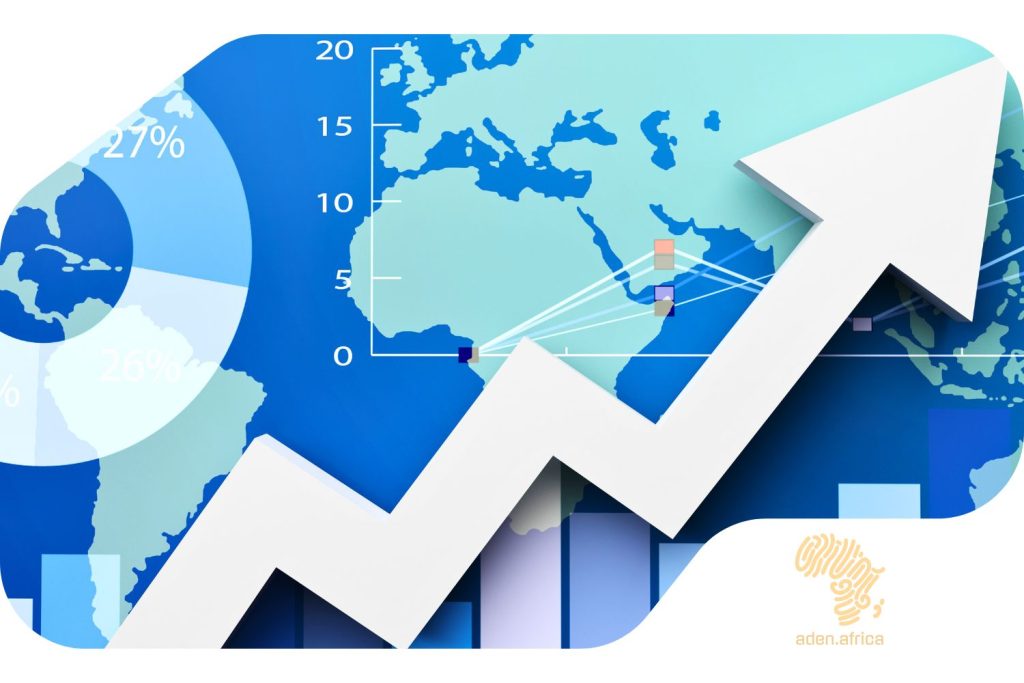
In the story of Africa’s 21st-century economic transformation, there are two stars of the show.
In one corner, you have the African Continental Free Trade Area (AfCFTA), the brilliant, game-changing “software.” It’s the set of rules, policies, and protocols designed to create a single, seamless market of over a billion people. It’s the operating system for continental commerce.
In the other corner, you have a new generation of ambitious, multi-billion-dollar Economic Corridors, the powerful “hardware.” These are the vast networks of roads, railways, ports, power lines, and fiber-optic cables that serve as the physical arteries of trade.
Here’s the critical question for any investor: What good is a brilliant piece of software without powerful hardware to run it on? And what good is powerful hardware without the right software to unlock its full potential?
The answer is, they are both powerful on their own, but together they create something revolutionary. The synergy between the AfCFTA’s policy and the corridors’ infrastructure forms a “perfect marriage”—an investment environment so compelling it is greater than the sum of its parts. Understanding this marriage is the absolute core of the ADEN investment thesis.
First, Let’s Understand the “Software” (The AfCFTA)
As we’ve explored before, the AfCFTA is about so much more than just cutting tariffs. Its true power lies in creating a stable, predictable, and unified platform for business. It harmonizes customs procedures, protects intellectual property, and creates common rules of the road for trade.
Think of it as Africa’s continental operating system. Before the AfCFTA, businesses had to develop 54 different versions of their “app” to work on 54 different “devices.” Now, they can build one version that can run and scale across the entire system.
This policy framework creates the potential for massive, continent-wide businesses to emerge. It sets the stage, but it doesn’t build the stage itself. For that, you need the hardware.
Next, Let’s Understand the “Hardware” (Economic Corridors)
At ADEN, we are passionate about the distinction between a simple road and a true economic corridor. As our founding framework states, “A road is just asphalt. A railway is just steel. But an economic corridor is a vibrant ecosystem of opportunity”.
These corridors are not just transit routes. They are deliberately planned infrastructure ecosystems designed to be the logistical and digital spines for new economic zones. They bundle efficient transport (road and rail) with reliable, cheap energy (often from decentralized solar grids ) and high-speed data connectivity (with fiber-optic cables laid alongside the physical infrastructure).
This “hardware” solves the biggest physical and operational headaches for businesses, making it possible to produce and move goods reliably and cost-effectively.
The Perfect Marriage: Where Hardware Meets Software
When you layer the AfCFTA’s unified market rules over the physical infrastructure of an economic corridor, the magic happens. The potential of the policy becomes a profitable reality. Here’s how:
1. Corridors Bring the “Demand Superhighway” to Life
The AfCFTA is the “demand superhighway” that makes the entire continent a single, $4.3 trillion market. But a superhighway needs on-ramps and off-ramps. Economic corridors are those ramps.
A state-of-the-art manufacturing plant located along a new corridor in a landlocked country is no longer isolated. Thanks to the corridor’s hardware, it can get its goods to a port in 24 hours. And thanks to the AfCFTA’s software, those goods can cross three borders with minimal friction to reach a customer a thousand kilometers away. The corridor provides the physical means to access the massive market the AfCFTA creates.
2. Unlocking Real-Life Regional Value Chains
We often talk about the importance of “moving up the value chain on African soil”. This perfect marriage is how it’s done.
The AfCFTA provides the policy framework that allows a company to, for example, source raw materials in one country, process them in a second, and assemble the final product in a third, all without facing a mountain of tariffs and conflicting regulations at each border.
The corridors provide the logistical backbone that makes this physically and economically viable. The low-cost, efficient transport of goods between these stages is what makes the entire multi-country value chain profitable. The policy makes it legal; the corridor makes it logical.
3. Creating Powerful Hubs of Specialization
With a vast, unified market to sell to, businesses can finally specialize. A corridor becomes the natural anchor for these specialized economic hubs.
An area along a corridor with access to a major port, reliable power, and a large workforce might become a regional manufacturing powerhouse. Another location along the same corridor blessed with millions of hectares of arable land could become the continent’s breadbasket, its processing facilities powered by the corridor’s energy grid and its products shipped efficiently via its railway. By analyzing the intersection of AfCFTA’s market access and a corridor’s physical assets, investors can anticipate where these new, high-growth industrial and agricultural zones will emerge.
4. De-Risking Investment from Every Angle
Ultimately, this is about confidence. The AfCFTA de-risks investment from a policy and regulatory perspective. Economic corridors de-risk it from an operational perspective.
When you combine a predictable regulatory environment with reliable power, efficient logistics, and seamless data connectivity, the overall risk profile for a large-scale investment drops dramatically. This powerful combination is what gives major global and diaspora investors the confidence to deploy significant capital, knowing that both the political and physical environments are aligned for success.
This Synergy is the ADEN Thesis
Understanding this perfect marriage is the unique value we bring to our members. We are not just policy experts, and we are not just infrastructure analysts. Our “Invest with Insight” promise is built on analyzing the powerful synergy
between the two.
We focus on the companies, projects, and opportunities that are strategically positioned at the intersection of the AfCFTA’s policy and the corridors’ infrastructure. This is where we believe the most resilient, high-growth, and impactful investments of the next generation will be found.
Individually, a unified market policy and a modern infrastructure network are powerful catalysts for growth. But together, working in perfect harmony, they are turning Africa into the most exciting investment story in the world.
To learn more about how to position yourself at the profitable intersection of policy and infrastructure, explore the ADEN network.







